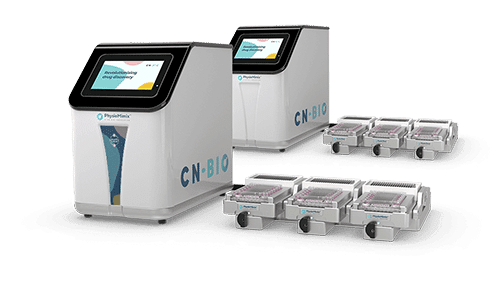Studying disease models gives an understanding of how a disease develops, offering insight into potential treatment approaches and responses to drug candidates
Current industry methods
Current in vitro disease models do not fully represent the scope and symptoms of a disease.
Most models are short-term (up to seven days) and limited to a single immortalized cell type, making them unable to functionally mimic the properties of an organ.
Advancements with PhysioMimix®
PhysioMimix allows you to create complex and physiologically relevant models that accurately express the disease phenotype.
More complete disease models generate clinically translatable data to prevent unexpected results in the clinic.

Non-alcoholic steatohepatitis
Liver disease is a major health problem worldwide accounting for approximately two million deaths annually. A proportion of deaths due to Non-Alcoholic Fatty Liver Disease (NAFLD) and its more advanced stage, Non-Alcoholic Steatohepatitis (NASH) are preventable.
With anti-NASH therapeutics failing to pass clinical trials, a new preclinical test is required to improve human efficacy predictions. Our NAFLD/NASH application provides a pre-clinical in vitro model using human tissue to fully replicate this critical liver disease phenotype.

Hepatitis B
Hepatitis B (HBV) is a human-specific hepatotropic virus that increases the risk of terminal liver disease. The specificity of the disease reduces the number of suitable models available for research and therapeutic development.
CN Bio has developed perfused human hepatocytes cultured in 3D as a preclinical tool to study the HBV life cycle and novel therapeutics in the human liver.

COVID-19
The lung is extremely vulnerable to infection and injury due to constant exposure to inhaled particles and pathogens in the environment. Respiratory diseases are a leading cause of death globally which has been exacerbated by the COVID-19 pandemic.
With only 3% of new pulmonary therapeutics reaching the market, there is a need for innovative preclinical models which can accurately mimic the human lung and predict responses to infection and novel therapeutics.


